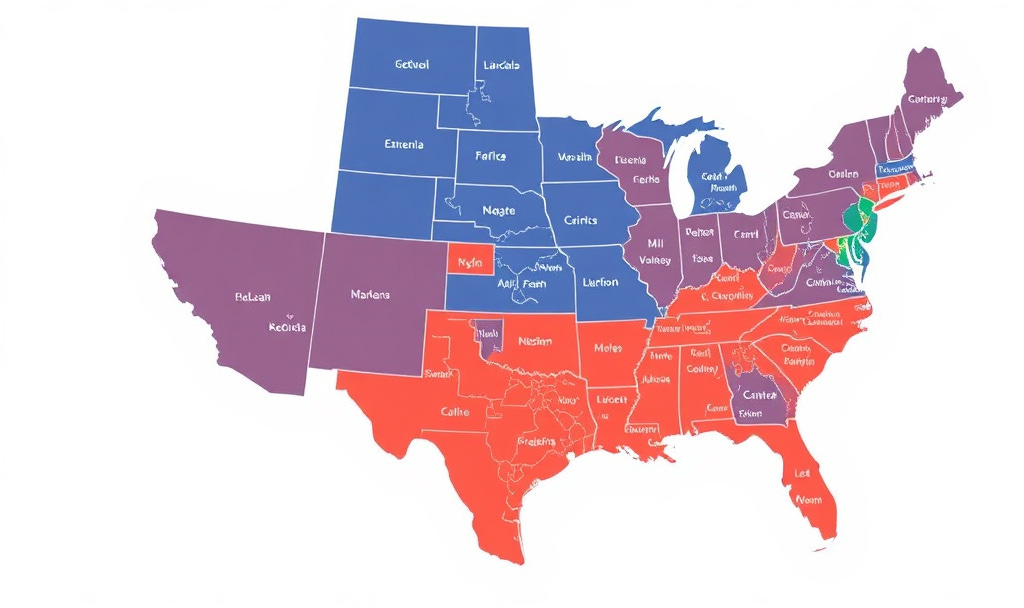A three-judge federal panel stopped Texas from using its new U.S. House district boundaries for the 2026 midterm elections. The three-judge federal panel determined that the map violates both the Voting Rights Act and the U.S. Constitution because it reduces minority voting power. The three-judge federal panel delivered its ruling about the map on November 18, 2025. The court order requires Texas to conduct elections using the 2021 district boundaries during the next election cycle. The decision creates an obstacle for Republican candidates. The new map failed to deliver Republican hopes for winning five Democratic seats, which would have given them control of the House.
The Ruling and Legal Arguments
The El Paso panel showed through specific data that racial gerrymandering in the new map reduced voting power for Black and Hispanic voters. The new map reduced the number of minority-majority districts from 16 to 14 by removing five coalition districts that had more minority voters than non-Hispanic whites. The Voting Rights Act is at risk of noncompliance because civil rights organizations claim that map changes were made to reduce minority political influence.
The judges supported the plaintiffs’ request to halt new map usage because they validated minority evidence and chose to maintain the 2021 map until the full trial ends. The decision will proceed to the U.S. Supreme Court for immediate review because federal voting rights cases follow this particular appeal process.
Political Impact and National Context
The blocked map served as the main element of Republican plans to obtain five more House seats in Texas, which would have transformed the national party majority. The Texas state legislature approved the new map in August 2025 after President Donald Trump requested redistricting to protect Republican control during the 2026 midterms. The decision eliminates Republicans’ chances of achieving their goals because they must use the 2021 map, which gives them 25 of Texas’s 38 congressional seats.
The Texas decision has triggered a national fight over redistricting, as Missouri and North Carolina adopted similar Republican-friendly map changes. Still, California passed a new map to enhance Democratic numbers. The Texas redistricting effort faces opposition as a partisan attempt to control power, but Republicans claim they follow demographic shifts and legal requirements.
What Comes Next
The blocked map remains inactive throughout the 2026 election period, but the legal fight continues. The judges chose to postpone their decision until the U.S. Supreme Court issues its decision on national voting rights. The court will decide whether Texas, along with other states, can conduct mid-decade redistricting for upcoming elections. The court order forces Texas to keep its 2021 congressional district boundaries in place because the ongoing legal dispute prevents any political changes. The court decision protects minority voting power in Texas by keeping the current electoral maps in place until the courts issue their final ruling.



